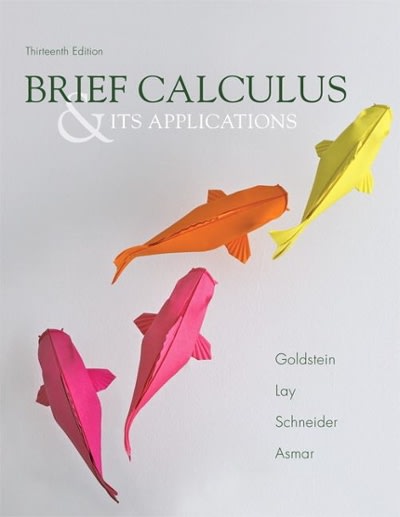(a) Find the moment estimator A of A. (b) Show that A is a biased estimator of A for a finite sample of size n, but becomes unbiased as # -Do. [Hint: You should be able to find the exact distribution of 1/A.] (c) Find MSE A . (d) Modify the moment estimator A to provide an unbiased estimator of A, namely AM. (e) Compare the MSE of A and Ayr and determine which estimator is more efficient? 3. Eddy and Wat play a game as follows. Eddy selects a real number 0 at random and writes it down on a piece of paper. Wat can ask Eddy what O is. Each time Wat asks, Eddy tosses a biased coin secretly and tells Wat the number 0 -k if a head comes up (with probability p) and the number 0 + k if a tail comes up (with probability 1 - p) for some & > 0. Wat knows the values of p and &, and has to estimate the true value of 0 after asking Eddy twice based on the numbers X, and X2- (a) Define X = (X, + X,)/2. Construct an unbiased estimator of 0, namely T, based on X. Find the variance of T. (b) Define W J X, for X1 = X,, X, ta, for X, = X,. (i) Find the value of a such that W is an unbiased estimator of 6. Denote this unbiased estimator by U. (ii) Find the value of a that minimizes the mean squared error of W for estimating e. (ii) Is the estimator U in (b) i. relatively more efficient than the estimator T' in (a)? 4. Let X1,...;X,, be independent geometric random variables, each having the probability mass function /(1 0) = Pr(X = 1 10) = (1 -0)05, for r = 0, 1, 2, ... . for some unknown parameter 0 c (0, 1). (a) Construct the moment estimator O of 0. (b) Write down the likelihood fuction for 0 and construct the maximum likelihood estimator of 0, namely O. (c) Find the Fisher information about # in the sample, and hence state the asymptotic dis- tribution of vn e -e 5. Let (X1, X2,..., X,) be a random sample from a binomial (7, p) distribution where both 7 and p are unknown. (a) Find the moment estimators of 7 and p. (b) Use the estimators in (a) to estimate 7 and p using the following observed sample (note that r should be rounded off to the nearest non-negative integer): 21, 24, 19, 25, 24, 22, 22, 19, 20, 23







